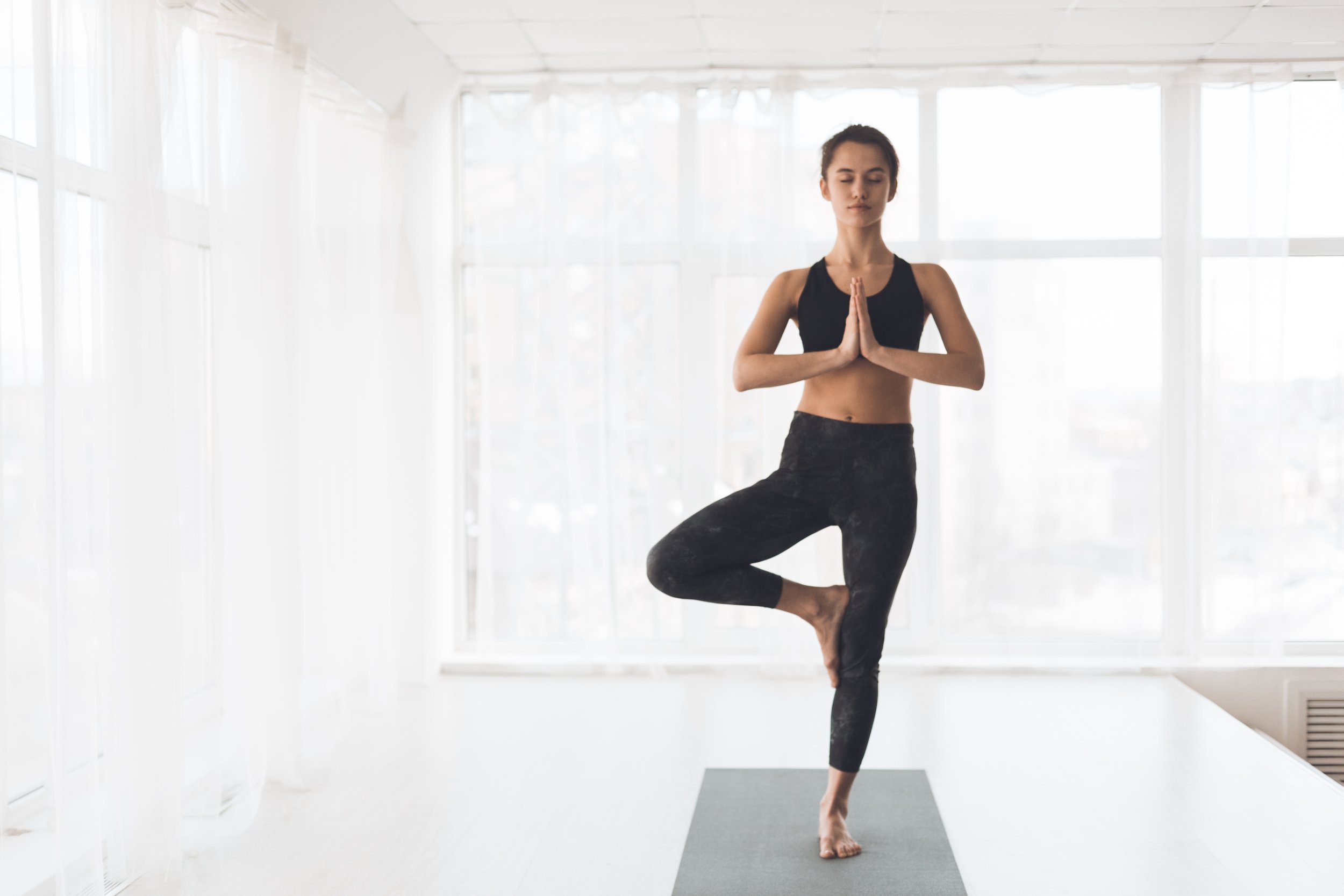Hatha Yoga: What It Is & How to Get Started
Hatha yoga is a physical practice that involves holding poses, breathing exercises, and meditation to improve overall health and wellbeing. In this article, we will discuss what hatha yoga is, its history, benefits, and how to get started.
What is Hatha Yoga?
Hatha yoga is a form of yoga that focuses on physical poses, breathing exercises, and meditation. The term "hatha" comes from the Sanskrit words "ha" and "tha," which mean sun and moon, respectively. This represents the balance of opposites, such as strength and flexibility, that is sought in hatha yoga.
Elements of Hatha Yoga
The main elements of hatha yoga include physical postures or asanas, breathing exercises or pranayama, and meditation or dhyana. These practices are designed to improve physical, mental, and spiritual health.
Types of Hatha Yoga
There are many types of hatha yoga, including Ashtanga, Iyengar, Vinyasa, and Bikram yoga. Each type has its own unique sequence of poses and focus.
History of Hatha Yoga
Hatha yoga has a rich history that dates back thousands of years. It originated in India as a way to prepare the body for meditation and spiritual growth. The earliest known text on hatha yoga is the Hatha Yoga Pradipika, which was written in the 15th century.
Evolution of Hatha Yoga Over Time
Over time, hatha yoga evolved into a physical practice that focused on health and wellbeing. In the 20th century, hatha yoga became popular in the West, and many different styles and approaches emerged.
Famous Practitioners of Hatha Yoga
Some famous practitioners of hatha yoga include B.K.S. Iyengar, Pattabhi Jois, and Bikram Choudhury. These teachers have developed their own unique approaches to hatha yoga and have influenced the modern practice of yoga.
Benefits of Hatha Yoga
Hatha yoga offers many benefits for both physical and mental health. Here are some of the most commonly cited benefits:
Physical Benefits
• Improved flexibility and range of motion
• Increased strength and muscle tone
• Better posture and alignment
• Reduced risk of injury
• Lowered blood pressure and cholesterol levels
• Improved digestion and circulation
Mental Benefits
• Reduced stress and anxiety
• Improved focus and concentration
• Increased mindfulness and self-awareness
• Enhanced mood and emotional wellbeing
• Better sleep and relaxation
How to Get Started with Hatha Yoga
If you are interested in trying hatha yoga, here are some tips to help you get started:
Finding a Qualified Instructor
It is important to find a qualified yoga instructor who can guide you through the poses and help you practice safely. Look for a teacher who is certified and has experience working with beginners.
Choosing the Right Type of Class
There are many types of hatha yoga classes available, so it is important to choose one that suits your needs and interests. Some classes may focus on relaxation and stress relief, while others may be more intense and physically challenging.
What to Expect in a Hatha Yoga Class
Hatha yoga classes typically begin with a warm-up, followed by a series of poses, and end with a period of relaxation or meditation. The instructor will guide you through the poses and offer modifications as needed.
Necessary Equipment and Attire
All you need to practice hatha yoga is comfortable clothing that allows for a full range of motion. You may also want to bring a yoga mat and a towel for sweat.
Basic Hatha Yoga Poses for Beginners
Here are some basic hatha yoga poses that are perfect for beginners:
Mountain Pose: Stand with your feet hip-width apart, lengthen your spine, and relax your shoulders.
Downward-Facing Dog Pose: Start on your hands and knees, lift your hips up and back, straightening your arms and legs.
Warrior II Pose: Step your left foot back about three to four feet, turn your left foot out 90 degrees, and bend your right knee, keeping it directly over your ankle.
Tree Pose: Shift your weight onto your left foot, bring your right foot up to rest on your left inner thigh, and bring your hands to your heart center.
Child's Pose: Start on your hands and knees, lower your hips back towards your heels, and reach your arms forward, resting your forehead on the mat.
Conclusion
Hatha yoga is a great way to improve overall health and wellbeing, reduce stress, and increase flexibility and strength. By practicing hatha yoga regularly, you can enjoy the many physical and mental benefits it offers. If you are new to yoga, it is important to find a qualified instructor, choose the right type of class, and approach the practice with patience and mindfulness. With these tips and basic poses, you can begin your hatha yoga journey and experience the positive effects it can have on your life.


